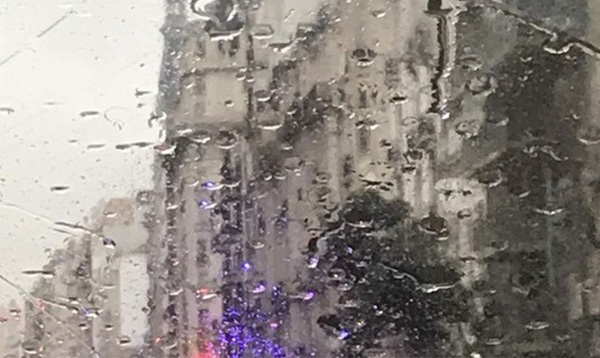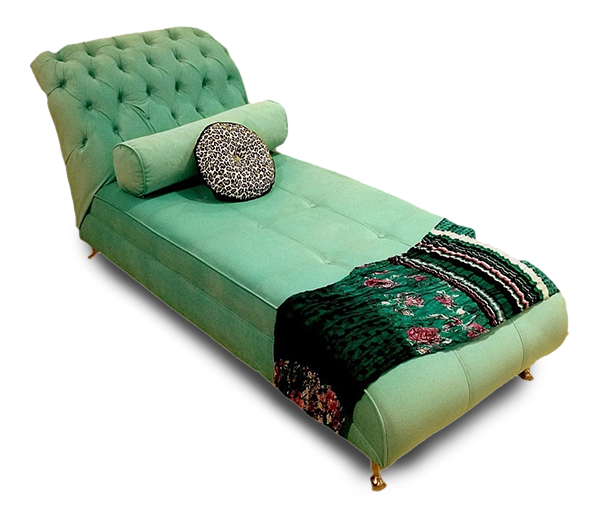Dancing interrupted
At home.

I feel lonely, discolored as Buenos Aires is today, gray as the skies of Portland in the fall.
The rain and damp grayness get me musing about Gustavo. Our companionship started out colorful, full of laughter and fun projects.
Today would have been the hundred and sixteenth birthday of my dear dad. I am going to celebrate it by writing him a note:
You were the sun of my childhood. You shone even at night.
I still remember the moment when the noise of the black
wrought-iron door announced your coming back from work. I
ran as fast as I could down the long the corridor, raising my
arms as I came near you…
Therapy.

Dr. Novelli: I am appalled that after twenty years of dancing, I am questioning its value, here in Buenos Aires of all places.
People flock from all over the world to dance here—and I come here to avoid dancing. I consider this a symptom. I fight going dancing. But I don’t want to lose tango.
After Carlos’ passing, tango became my royal road to healing and mourning in the warm tango embrace with friends.
Dr. Novelli asks, “How were the moments after you came back home from dancing when Carlos was alive?” What happened was quite endearing, one of the sweetest private tango moments with my Carlos…”
During this difficult session, we come to understand that my aversion to dancing may not be a problem with tango at all. I feel lighter. More unconscious uncovering is still needed to better understand why my dancing was interrupted.
Today, as usual, the elevator functions as an extension of Dr. Novelli’s office. The method of psychoanalytic therapy hinges on bringing new awareness to the patient’s unconscious.
I am reflecting that sometimes, as therapy traces a symptom to its cause, analyst and patient dance to the same music. Today my unconscious was dancing hide and seek, leading astray Dr. Novelli’s uncovering work.

